
Opkon
LSC
Part no.: LSC
Key Features
• Measuring range 25 - 400 mm
• Long mechanical life 100 million movements
• Excellent repeatability <0.01 mm
• 2 kOhm: 25 ... 75mm, 5 kOhm: 75 ... 400mm
Opkon LSC potentiometers feature a M14 body thread for fast and easy installation. They are a economic alternativ to Novotechnik TX2 and Gefran Pz67-S series sensors.
Call us for more info at 856-727-9500
"*" indicates required fields
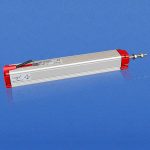
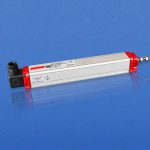
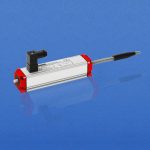
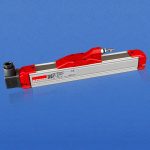
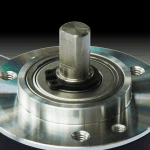


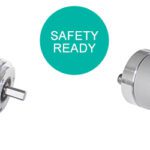

 856-727-9500
856-727-9500